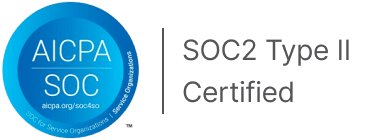Excluded Providers by Texas Health and Human Services
The Excluded Providers list by Texas Health and Human Services (HHS) includes individuals and organizations that are barred from providing services funded by state programs. This list aims to protect the integrity of public health resources and ensure that only qualified, ethical providers participate in these programs.
Mitigate risk with our comprehensive screening solutions for your AML and sanctions compliance.
15,965 Entities in Excluded Providers by Texas Health and Human Services
| Entity Name | Entity Type | Effective Date | Status |
|---|---|---|---|
Center for Preventitive and Regenerative Medicine | Company | Sep 30, 2020 | active |
Fairfield Memorial Hospital | Company | Sep 30, 1988 | active |
Family Chiropractic Clinic | Company | Apr 20, 2000 | active |
Diamond Pharmacy | Company | Jun 10, 2015 | active |
Hays Nursing Cent | Company | Jul 1, 1991 | active |
Midtown Pharmacy LLC | Company | May 5, 2009 | active |
East Pointe Pharmacy Services Inc | Company | Nov 18, 2008 | active |
Lake Cliff Hospital | Company | Jul 17, 1992 | active |
Ajoy Healthcare Pharmacy | Company | May 1, 2018 | active |
Top of the Line Medical Supply | Company | Dec 20, 2009 | active |
FAQs
Why is compliance with Excluded Providers by Texas Health and Human Services necessary?
Ensuring compliance with the Excluded Providers List published by Texas Health and Human Services (HHSC) is essential for maintaining the integrity of healthcare services. this list identifies individuals and organizations that are prohibited from providing services to government-funded programs. by adhering to this requirement, healthcare providers can protect their operations and avoid serious legal and financial repercussions.
Which companies should comply with Excluded Providers by Texas Health and Human Services?
The Excluded Providers list by Texas Health and Human Services impacts healthcare providers, including doctors, hospitals, and clinics. Compliance with this list is essential to ensure that these providers do not offer services to Medicaid or other state-funded programs. Failure to comply may lead to penalties or loss of funding, affecting both the organization and the communities they serve.
APIs
Data License
Solutions
Pricing
















